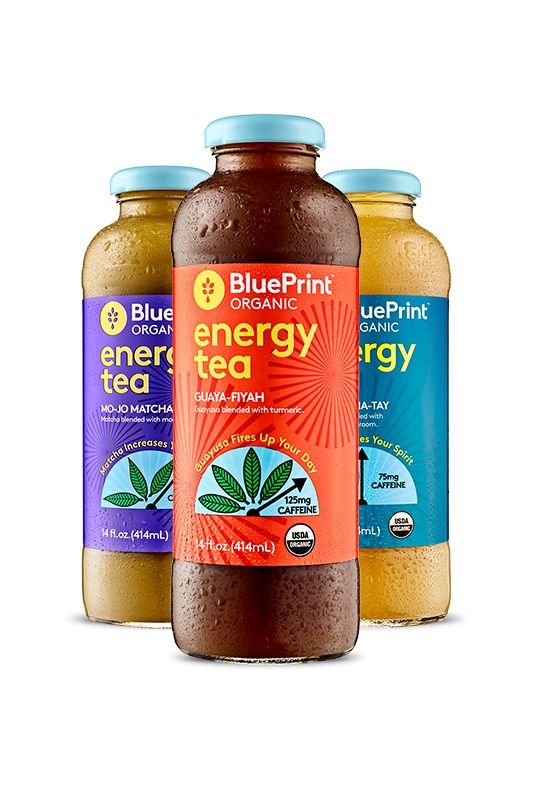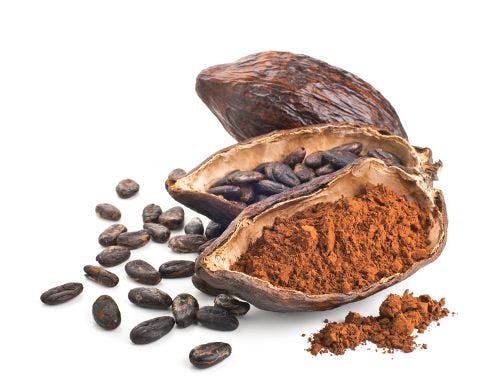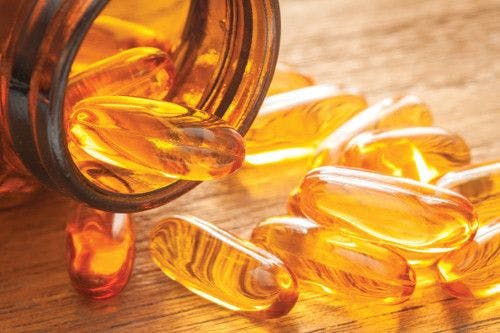The Healthier Energy Drink
Clean-label marketing and “low” and “light” claims drive energy drink interest. Plus: Interest in the energy category is not limited to the energy drinks market alone.
Photo from BluePrint Organic

Photo caption: Interest in the energy category is not limited to the energy drinks market alone. BluePrint Organic’s Energy Teas feature such ingredients as guayusa, turmeric, moringa, and yerba mate.
Consumer desires to maintain energy levels in the face of increasingly fast-paced lifestyles have driven ongoing interest in the energy drinks category. But relatively limited innovation opportunities, alongside an increasingly concentrated and consolidated market, have resulted in relatively limited levels of launch activity overall. In 2016, energy drinks accounted for just 3% of total global soft-drink launches recorded by Innova Market Insights, down from 4% five years previously. In the United States, this 2016 figure is only slightly higher at 3.3%.
As the energy drinks market became more established and mainstream, soft-drink companies engaged in acquiring or developing global brands. Over the years, the large number of diverse entrants in the early years has whittled down to just a few, larger remaining brands. The U.S. market is dominated by iconic names such as Red Bull, Monster, and Rockstar, and these giants have focused largely on diversifying their product ranges by adding new formats and flavors, including seasonal launches and limited editions.
Emerging Health Claims in the U.S.
Apart from energy/alertness marketing claims, the leading claims used for U.S. energy drink launches in 2016 advertised “low” and “light” alternatives. “Low calorie” claims were used in nearly 47% of new product launches in 2016. Use of the term zero-as in “zero calories” or “zero sugar”-are particularly popular.
The launch of Zevia’s Zero Calorie Energy drink in the summer of 2016 is a testament to this trend. This launch was also notable because it marked Zevia’s debut in the energy drinks market for the first time. (Previously, the brand had only played in the natural, zero-calorie soda market.) Zevia was one of the first drink companies in the U.S. to use the natural sweetener stevia, and it now also does the same for its zero-calorie energy drink, which is sweetened with stevia and no sugar or artificial sweeteners. It also contains 120 mg of caffeine from coffee extract. Zevia’s energy drink flavors are also more unusual and fairly upmarket: Grapefruit, Raspberry-Lime, Kola, and Mango-Ginger.
Given the ongoing interest in sugar reduction, most of the leading energy-drink players have at least one zero-sugar range within their portfolios. But despite the growing interest, market penetration for zero-sugar drinks remains lower than market penetration for drinks with “low calorie” claims. In 2016, 28% of energy drink launches used “sugar free” claims, rising to 35% if “low sugar” and “no added sugar” claims are also included.
Beyond “low” and “light” claims, there is also ongoing interest in clean labeling, with 23% of energy drink launches in 2016 carrying “natural,” “no additives/preservatives,” or “organic” claims. The use of natural ingredients such as honey, coffee, green tea, guarana, and ginseng is ongoing. The use of non-GMO claims is also increasing. Nearly one-fifth of launches used this type of claim.
Product Formats
The majority of products in the energy drinks market are now packaged in aluminium cans in sizes of 325 ml or more, unlike the original 250-ml slim cans that Red Bull was originally packaged in (and still is in many parts of the world).
At one time, great success was forecasted for energy shots in small packages, but these products continue to perform behind energy drinks in the U.S. Energy shots accounted for just under one-fifth of launches recorded by Innova Market Insights in 2016. Interestingly, one brand, NVE Pharmaceuticals, offers a Stacker 2 Extra energy shot-a bottle containing two shots. The brand also extended this range with a vitamin B12 version to give consumers “what you may be missing in your daily diet.”
Other Categories Interested in Energy Claims
Interest in the energy category is not limited to the energy drinks market alone. In fact, in 2016, 9.5% of overall U.S. soft-drink launches used an energy/alertness positioning. While energy drinks comprise the largest number of products making these claims (32% of the total), there are other products using energy/alertness claims-most notably, iced tea (with a 25% share of the total). This means that just over 17% of total iced tea launches now make some kind of energy/alertness claim.
Although some teas claim energy benefits simply by including energy-supporting natural ingredients such as yerba mate and guayusa, some teas take an even stronger approach by actually calling themselves “energy teas.” One example is BluePrint Organic’s Energy Tea range, with flavors such as Mindful Ma-Tay, Mo-Jo Matcha, and Guaya-Fiyah launched in early 2017.
Juice/juice drinks took second place behind iced tea in terms of the number of launches using energy claims. Juice/juice drink launches with an energy positioning in recent months have included Ocean Spray’s Cran Energy Pomegranate & Cranberry and Raspberry & Cranberry Energy juice drinks, as well as a number of coconut water–based drinks and some so-called super juice blends featuring ingredients such as beetroot.
Bright Future
Interest in energy options seems set to continue. Although drinks may not always be the most popular source of energy, with meal replacements and snacks more often cited by consumers as a source of energy, they remain a convenient and readily available option for refreshment and functionality for modern lifestyles.
Also read:
Are Energy Drinks in for the Long Haul?

Prinova acquires Aplinova to further increase its footprint in Latin America
April 7th 2025Prinova has recently announced the acquisition of Brazilian ingredients distributor Aplinova, which is a provider of specialty ingredients for a range of market segments that include food, beverage, supplements, and personal care.






















